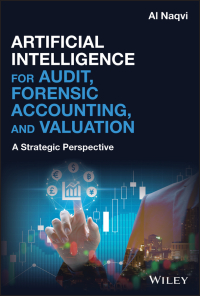Question
1A. On May 1, 2020, Wong Ltd. issued $ 500,000, 10 year, 7% bonds at 103. Twenty detachable warrants were attached to each $ 1,000
1A. On May 1, 2020, Wong Ltd. issued $ 500,000, 10 year, 7% bonds at 103. Twenty detachable warrants were attached to each $ 1,000 bond, which entitled the holder to purchase one of Wongs no par value common shares for $ 40. At this time, similar bonds without warrants were selling at 96. It was determined that the fair value of Wongs common shares was $ 35, but the value of the warrants was NOT determinable. Wong is a private corporation that follows ASPE, but does NOT use the residual method.
On May 1, 2020, Wong should credit Contributed SurplusStock Warrants for
| $ 35,000. | ||
| $ 20,000. | ||
| $ 15,000. | ||
| $ 0. |
1B. Information concerning the capital structure of Shelmardine Corporation follows
December 31,
2020 2019
Common shares outstanding 100,000 shares 100,000 shares
Convertible preferred shares outstanding 10,000 shares 10,000 shares
9% convertible bonds $ 2,000,000 $ 2,000,000
During 2020, Shelmardine paid dividends of $ 1.00 per common share and $ 2.50 per preferred share. The preferred shares are non-cumulative, and convertible into 20,000 common shares. The 9% convertible bonds are convertible into 50,000 common shares. Net income for calendar 2020 was $ 500,000. Assume the income tax rate is 30%.
What is the diluted earnings per share for 2020?
| $ 4.00 | ||
| $ 3.68 | ||
| $ 3.54 | ||
| $ 2.94 |
1C. Which statement is correct about the accounting for employee stock options?
| The expense is recorded over the period of vesting. | ||
| The expense is recorded over the period to expiry. | ||
| The expense is recorded immediately upon grant date. | ||
| No expense is recorded for accounting purposes. |
1D. Which statement best explains the accounting for compound instruments?
| Once separated, each component is accounted for at fair value with changes recorded through income. | ||
| Once separated, each component is accounted for in accordance with its substance. | ||
| Once separated, each component is accounted for at amortized cost. | ||
| Once separated, each component is accounted for at historical cost. |
1E. What is an option?
| A contract that gives the holder the right to sell an instrument at a pre-specified price. | ||
| A contract that is derived from some other underlying quantity, index, asset or event. | ||
| A contract that gives the holder the right to acquire an instrument at a pre-specified price. | ||
| A contract that gives the holder the right to buy or sell something at a specified price. |
Step by Step Solution
There are 3 Steps involved in it
Step: 1

Get Instant Access to Expert-Tailored Solutions
See step-by-step solutions with expert insights and AI powered tools for academic success
Step: 2

Step: 3

Ace Your Homework with AI
Get the answers you need in no time with our AI-driven, step-by-step assistance
Get Started


